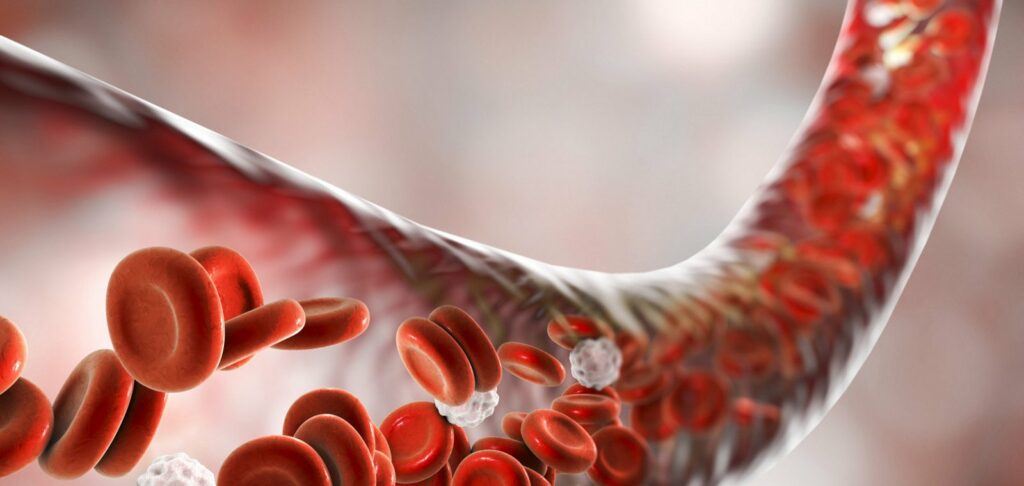
In severe and even critical bleeding associated with trauma, surgery, complications of childbirth, etc., hypofibrinogenemia is common and occurs in about 20% of patients. This condition is associated with a drop in the level of fibrinogen, a protein that is essential for blood clotting;
Usually, patients with severe bleeding are taken to the emergency room where they undergo diagnostic tests to determine their fibrinogen levels. This is important because if there is a deficiency of this protein, the bleeding will not stop and even a blood transfusion will not help the patient. In this case, an injection of fibrinogen is necessary. However, if the fibrinogen level is normal or elevated, such an injection can be fatal.
There are more than 60 different tests that determine the level of fibrogen in the blood. However, they all require expensive equipment and specialized personnel. In addition, they take at least half an hour to perform, taking the patient to the hospital, drawing blood and sending it to the laboratory. This delay can be critical for people with severe bleeding and can cost them their lives.
A new development by researchers from Monash University’s Department of Chemical Engineering and BioPRIA (Bioresource Processing Institute of Australia) enables this important assay to be performed in less than four minutes in the field.[1]
The test is made of a slide, Teflon film and a sheet of paper. To use it, simply take a drop of blood, mix it with a special enzyme solution, place it on a hard surface, allowing it to curdle, and then cover it with a paper strip. The further the blood travels down the paper, the lower the concentration of fibrinogen in the blood sample.
Due to the incredible simplicity of the device, it can be used not only by laboratory technicians, but also by practicing physicians, nurses and paramedics. In addition, the test will be a useful addition to automobile first aid kits and first aid kits. The ability to quickly and accurately diagnose hypofibrinogenemia will speed access to life-saving treatment for patients with severe bleeding, possibly saving their lives.
Shutterstock/FOTODOM UKRAINE photos were used
-
- Marek Bialkower, Clare A. Manderson, Heather McLiesh, Rico F. Tabor, Gil Garnier. Paper Diagnostic for Direct Measurement of Fibrinogen Concentration in Whole Blood. ACS Sensors, 2020; DOI: 10.1021/acssensors.0c01937



